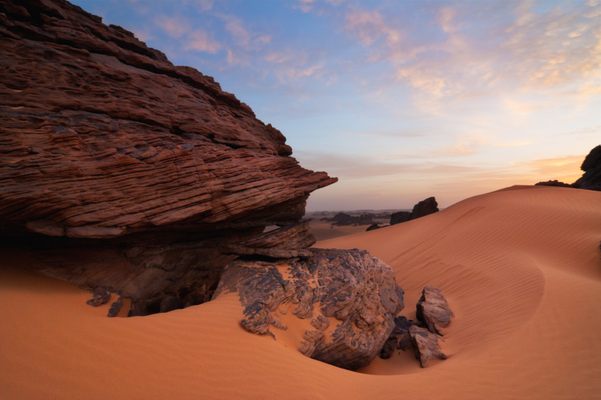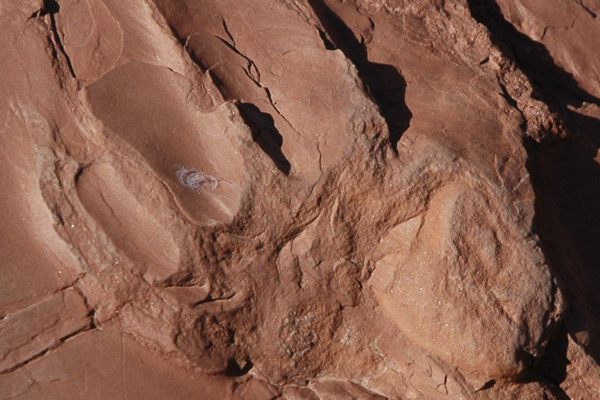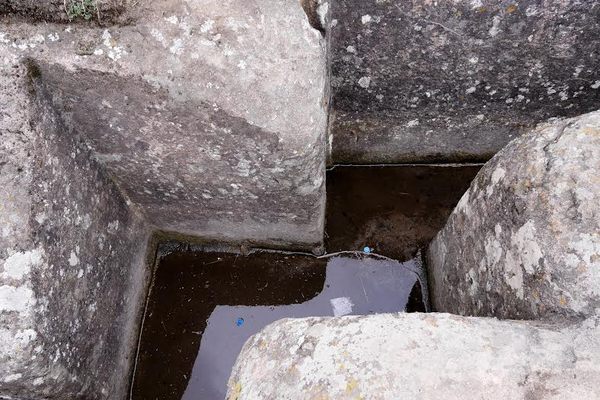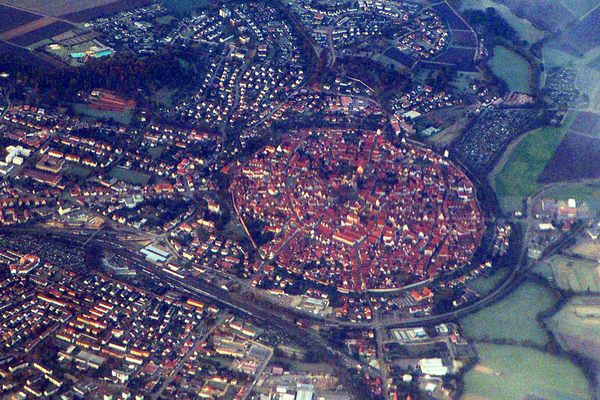About
Golden sand dunes cover the ground and cling to the sides of the basaltic mountain range that rises abruptly out of the flat Sahara desert. Forces of nature have always shaped this place, clearly visible in the sand that piles in every rock niche and side canyon of the mountain range, and seemingly embrace the rocks of the terrain. A millennia of desert winds and flashfloods have carved the mountains into bizarre shapes, with innumerable natural arches spanning the foot of the mountains, the largest of which reaches an astonishing height of 150 meters.
But it is not the mountains, nor the scenery for which this place is known. Visitors and scientists alike flock to one of Libya’s most remote corners for the numerous pictographs that are found all over the mountains. These images are found seemingly everywhere – at the base of the mountains, under overhanging rocks, in mountain caves, and in the many canyons of the Acacus Mountains.
The pictographs depict animals, hunting scenes, and social gatherings. However, they are not merely prehistoric paintings. The date of their origin can roughly be put into four different time periods.
The oldest images, from the so-called Wild Fauna Period (12,000 – 6000 BC), were created when the Sahara was covered in a plentiful savannah, with Elephants and Giraffes roaming the wide plains. During this period, carvings depicting those animals were scrawled across the desert cave walls.
The Round Head Period (8000 – 6000 BC), named after the images of rather formless bodies in the depictions of humans, forms a transition period between the age of Hunter-Gatherers and the creation of permanent settlements. The Pastoral Period (5500 – 2000 BC) followed, during which the climate of the Sahara grew much more arid. Human figures dominating and taming the forces of nature were painted during this period, including depictions of domesticated cattle and social festivities.
Horse and chariot depictions majorly date from the Horse Period (1000 BC – AD 1), during which means of transport made a leap forward, allowing the beginning of large Trans-Continental trade routes in Africa. The final period is called the Camel Period (200 BC – present), during which the Sahara finally became the arid desert that it is today.
No single culture or civilization can claim responsibility for the rock art, rather it was most likely a continued tradition among the people of the region, which was set off by the mountains’ earliest inhabitants. The cultures that followed these first settlers, the Tuareg and the Garamantes people, adapted this tradition and created their own images.
Over a timespan of 14 millennia, the climate of the region has dramatically changed. Each change, altered the landscape and forced its inhabitants to adapt. The natural forces that have shaped this place are visible in the mountains. The societal changes that followed are visible in the depictions of the rock carvings. Both nature and humans created an astonishing place, in which its history can be read like a book.
Related Tags
Know Before You Go
Reached via 4WD from Ghat or al-Aweinat; Ghat District, Libya
Community Contributors
Added By
Published
October 27, 2011




























